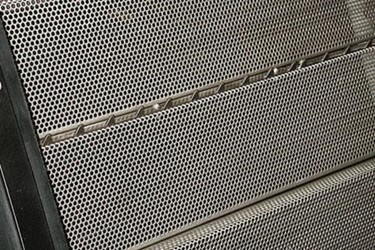Wastewater Treatment Plant Protecting Wilderness With Membrane Bioreactor Technology

It was just one small town out west, but for its new wastewater treatment plant it had some big expectations and challenges.
Field, B.C., nestled in the Rocky Mountains, was originally a railroad town that serviced the trains for their final push over the continental divide. With a permanent population of about 300 people, Field is now mainly a tourist stop in Canada's Yoho National Park, one of Canada's national parks made a World Heritage Site in the early 1980’s. Thousands of visitors flock to this area each year to explore the rugged Rocky Mountains and take in the breathtaking scenery of the area.
When it came time to design a new wastewater treatment plant for Field, the seasonal rise in population during the summer months added to the challenge of meeting Parks Canada's stringent mountain effluent targets. The goal of the new wastewater treatment plant was to protect this pristine wilderness area by setting the effluent target as close as possible to the natural composition of the receiving water bodies. With this in mind, Parks Canada reviewed the latest in advanced treatment technology and opted for a membrane bioreactor system (MBR).
The MBR technology requires fine screening as a pretreatment. The membranes require protection from trash solids, as well as hair and other fine solids that can plug membrane passageways. Removing these solids requires screening, most commonly in the 500 – 1,200 micron range.
Get unlimited access to:
Enter your credentials below to log in. Not yet a member of Water Online? Subscribe today.
